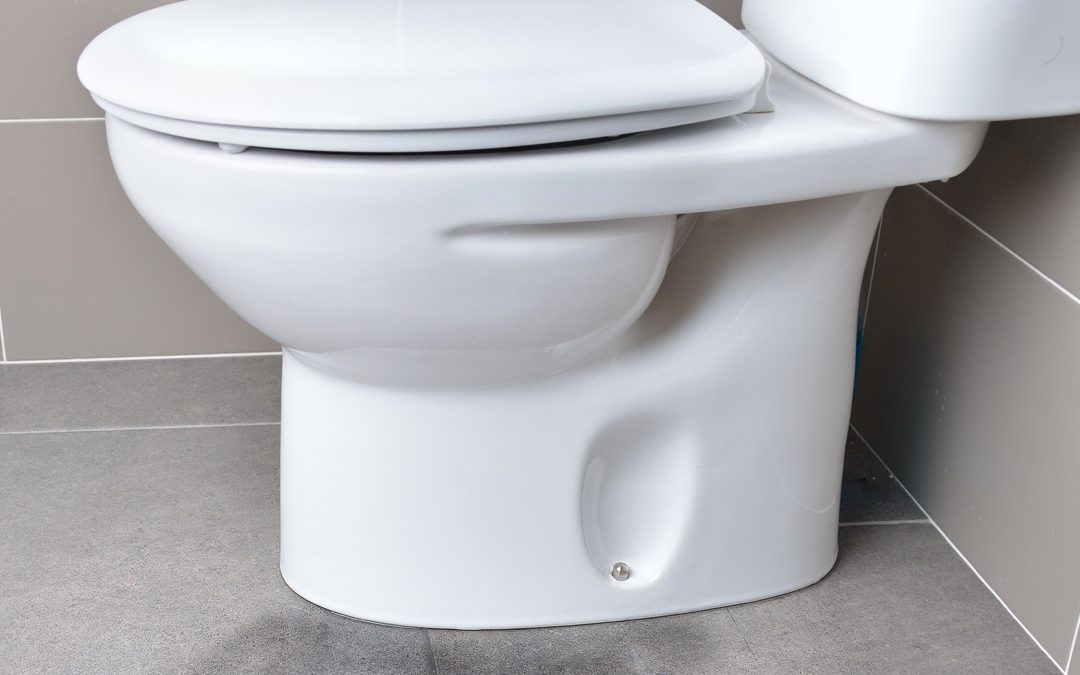One day, one leak: the 24-hour timeline
How a tiny issue becomes a big cost and how to stop it.
At 3:12 a.m., a small trickle begins in unit 204. The tenant is asleep. The maintenance team is off duty. Nobody knows a problem has started.
It’s just a leak — silent, invisible, and all too common in multifamily housing. But over the next 24 hours, this “minor” issue will spiral into a costly problem.
Morning: The drip no one notices
By breakfast, the toilet’s flapper valve is stuck open just enough to let water slip past. It isn’t dramatic. The tenant doesn’t notice anything unusual. But the water meter is spinning, gallons at a time.
A problem that could have been solved with a $10 part is already wasting hundreds of gallons. The property owner is footing the bill, but nobody sees it happening.
Afternoon: Damage in the shadows
By 2 p.m., moisture has spread beyond the fixture. In some cases, it seeps behind a wall or into the flooring. The tenant spots a faint discoloration in the corner of the bathroom but assumes it’s nothing urgent.
Meanwhile, water keeps flowing. What was once an invisible trickle is now damaging drywall and creating the conditions for mold.
Evening: The cost multiplies
By dinnertime, the leak has been running for nearly 16 hours. Thousands of gallons have been wasted. The drywall is softening. A musty odor lingers in the air.
If it continues through the night, the repair bill will no longer be just plumbing. It will include remediation, replacement of flooring, and possibly even temporary relocation for the resident.
The next morning: The call comes in
At 9 a.m., the tenant finally calls property management: “There’s a stain on the wall and it smells weird.” Maintenance schedules a visit.
By this time, what started as a $10 toilet part has snowballed into thousands of dollars in repairs. The resident is frustrated. The property owner faces an unexpected expense. Insurance claims may follow.
What could have happened instead
Now imagine the same scenario with Sensor Industries’ smart water monitoring in place.
At 3:12 a.m., the system detects the unusual flow. An alert is sent instantly. Maintenance is notified before residents wake up. The leak is addressed while still minor. The cost remains $10 instead of $10,000.
That’s the power of catching leaks in real time — not days later, after they’ve done their damage.
The takeaway
Leaks don’t announce themselves. They don’t wait until office hours. They happen quietly, at night, behind walls, and under floors. And every hour without detection adds to the bill.
Sensor Industries helps property owners and operators stop this cycle. By turning invisible leaks into real-time alerts, our solutions protect net operating income, safeguard residents, and reduce costly insurance claims.
Don’t let tomorrow’s maintenance call turn into a five-figure expense.
FAQs
How fast can a small leak become a big problem?
How does real-time monitoring reduce insurance risk?
Where do leaks most often start in multi-unit buildings?
Key takeaways
- Small leaks often start overnight and go unnoticed for 12 to 24 hours.
- Costs multiply quickly across water, drywall, flooring, remediation, and disruptions.
- Real-time alerts prevent a low-cost fix from becoming a five-figure claim.
- Catching leaks early protects NOI and helps control insurance risk.
See how real-time monitoring changes the story.

